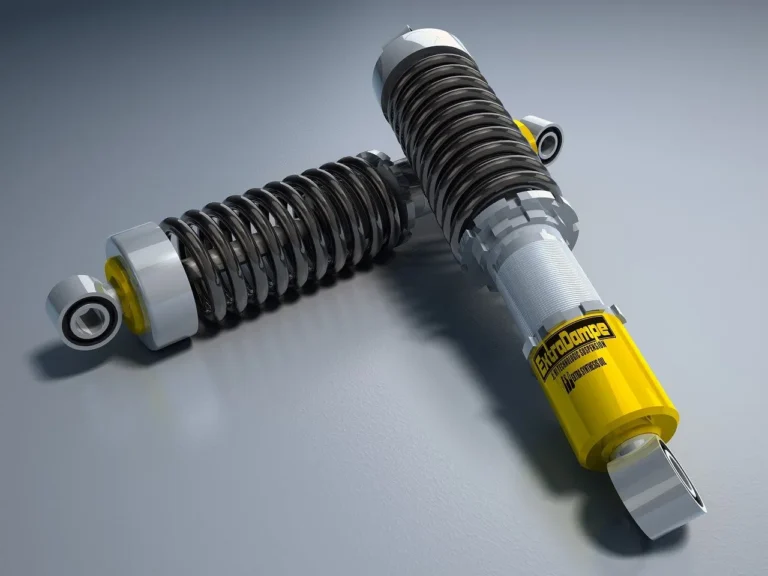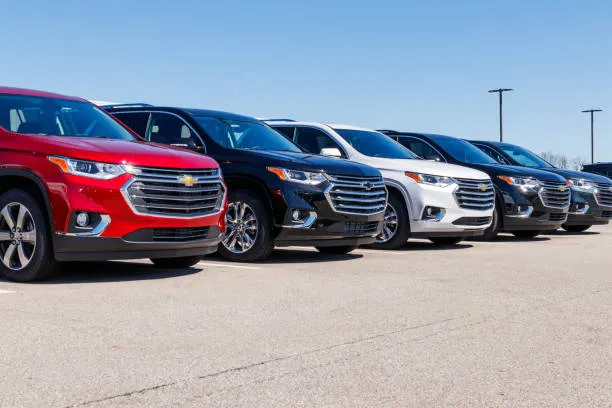
United States Motorcycle Market Size and Share Analysis – Growth Trends and Forecast 2025-2033
The United States motorcycle market continues to show strong momentum, fueled by evolving consumer preferences, technological innovations, and a vibrant riding culture. According to the newly released report, United States Motorcycle Market Size and Share Analysis – Growth Trends and Forecast Report 2025-2033, available on ResearchAndMarkets.com, the U.S. motorcycle market was valued at approximately USD 9.85 billion in 2024 and is projected to reach USD 14.64 billion by 2033. This translates to a compound annual growth rate (CAGR) of 4.51% over the forecast period, reflecting steady expansion in this dynamic industry.
Market Overview and Cultural Context
The U.S. motorcycle market is deeply ingrained in American culture, with brands such as Harley-Davidson, Indian, Honda, Yamaha, BMW, and others playing iconic roles. Legendary motorcycle events like the Daytona Bike Week and the Sturgis Motorcycle Rally attract hundreds of thousands of enthusiasts annually, further energizing the market and reinforcing the passion for motorcycling as a lifestyle.
In recent years, there has been a notable increase in demand for adventure touring and off-road motorcycles, reflecting a shift towards more versatile and experience-driven riding. This surge is accompanied by growing interest in electric motorcycles, propelled by rising environmental awareness and government policies promoting cleaner transportation. The combination of traditional motorcycle culture with innovation and sustainability trends underpins the market’s promising outlook.
Key Growth Drivers
1. Increasing Demand for Fuel-Efficient and Affordable Transportation
As fuel prices fluctuate and urban congestion worsens, many consumers are turning to motorcycles as an economical commuting alternative. Motorcycles generally consume less fuel compared to cars, making them attractive for budget-conscious riders. Entry-level motorcycles, particularly in the 200cc to 400cc engine segment, offer affordability both in terms of purchase price and ongoing fuel expenses. This sector has become especially popular among younger riders and city dwellers looking for cost-effective, nimble transportation.
Furthermore, heightened environmental concerns have elevated the appeal of fuel-efficient motorcycles as a greener mode of transport. This trend aligns with the growing push for sustainable urban mobility solutions, especially in metropolitan areas where traffic jams and parking scarcity add to the challenges of driving larger vehicles.
2. Rising Popularity of Recreational and Adventure Motorcycling
Recreational riding and adventure touring have become key contributors to the growth of the motorcycle market in the U.S. Riders increasingly invest in touring and adventure motorcycles designed for long-distance travel and diverse terrains. Enhanced technology, including improved suspension systems, smarter fuel management, and integrated rider-assist features, has boosted the performance and safety of adventure motorcycles, making them more appealing to enthusiasts.
Major motorcycling festivals and rallies continue to serve as important cultural hubs, drawing thousands of riders who are eager to showcase their motorcycles, explore new models, and participate in community events. These gatherings not only foster the motorcycling lifestyle but also stimulate sales of new motorcycles and accessories.
3. Expansion of the Electric Motorcycle Segment
The electric motorcycle market is experiencing rapid growth due to rising environmental concerns and government incentives aimed at reducing carbon emissions. Key manufacturers, including Zero Motorcycles and Harley-Davidson through its LiveWire brand, are investing heavily in developing electric motorcycles with longer ranges, faster charging capabilities, and advanced connectivity features.
The proliferation of charging infrastructure and increased consumer awareness of sustainability further drive adoption, particularly in urban areas with stringent emission regulations. Electric motorcycles appeal to tech-savvy younger riders and environmentally conscious consumers who seek quiet, clean, and efficient modes of transport.
Challenges in the U.S. Motorcycle Market
1. High Costs of Premium and Large-Engine Motorcycles
While demand is rising, the cost of premium motorcycles remains a barrier for many potential buyers. Motorcycles in the 400cc to 800cc engine range, and especially touring bikes with advanced features, require significant investment in engineering, materials, and technology. This translates into higher purchase prices as well as increased maintenance and insurance costs, which can deter price-sensitive customers.
Although financing options have improved and help mitigate upfront expenses, the high overall cost of ownership limits market penetration of luxury and high-performance motorcycles.
2. Safety Concerns and Regulatory Barriers
Motorcycle safety continues to be a significant concern for riders and policymakers alike. Higher accident rates compared to automobiles, inconsistent use of safety gear, and variable road conditions contribute to consumer hesitation. Moreover, government regulations such as mandatory helmet laws, licensing requirements, and emissions standards add complexity and cost for manufacturers and buyers.
Advances in safety technologies—such as anti-lock braking systems (ABS), traction control, and rider assistance features—are helping to improve the safety profile of motorcycles. However, broader public perception around motorcycle safety remains a challenge to expanding the market, especially among new and risk-averse riders.
Competitive Landscape and Company Highlights
The United States motorcycle market features a mix of globally recognized brands with strong legacies and innovative newcomers focused on electric and adventure segments. Key companies profiled in the report include:
- Harley-Davidson: The quintessential American motorcycle brand, known for its cruisers and recent expansion into electric motorcycles with the LiveWire series.
- Suzuki Motor Corporation: Offers a wide range of motorcycles including sportbikes and off-road models, known for reliability and performance.
- Honda Motor Co., Ltd.: A global leader with a diverse product portfolio spanning scooters, standard bikes, and adventure motorcycles.
- BMW AG: Renowned for premium touring and adventure motorcycles with cutting-edge technology.
- Yamaha Motor Co., Ltd.: Offers versatile motorcycles from scooters to sportbikes, catering to a broad market.
- Kawasaki Heavy Industries, Ltd.: Known for powerful sport and cruiser motorcycles.
- Triumph Motorcycles: British brand specializing in classic and modern-standard motorcycles.
- Ducati Motor Holding S.p.A: Italian manufacturer famous for high-performance sportbikes.
- KTM AG: Austrian brand recognized for off-road and adventure motorcycles.
- Polaris Inc.: Focuses on off-road vehicles and powersports products including motorcycles.
Market Segmentation
The report breaks down the U.S. motorcycle market by various parameters to provide a comprehensive understanding:
- Product Type: Motorbikes, scooters, and mopeds.
- Motorcycle Type: Standard, sports, cruiser, touring, and others.
- Propulsion: Internal combustion engine (ICE) motorcycles versus electric motorcycles.
- Engine Capacity: Categories from under 200cc, 200cc to 400cc, 400cc to 800cc, and above 800cc.
- Geographical Regions: East, West, North, and South United States.
Analytical Frameworks Used
To give a well-rounded analysis, the report includes:
- Porter’s Five Forces: Examining bargaining power of buyers and suppliers, industry rivalry, threat of new entrants, and substitutes.
- SWOT Analysis: Highlighting the strengths, weaknesses, opportunities, and threats facing the U.S. motorcycle market.
The U.S. motorcycle market is poised for steady growth through 2033, driven by fuel economy demands, recreational riding popularity, and the expanding electric motorcycle segment. However, challenges such as premium pricing and safety concerns need to be addressed to unlock further potential. Established industry players and emerging electric motorcycle manufacturers alike will continue to innovate, shaping the future of motorcycling in America. With an enduring culture of riding combined with modern technology and sustainability efforts, the market is set to thrive over the coming decade.







